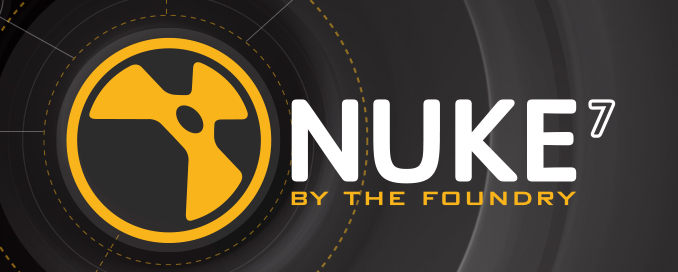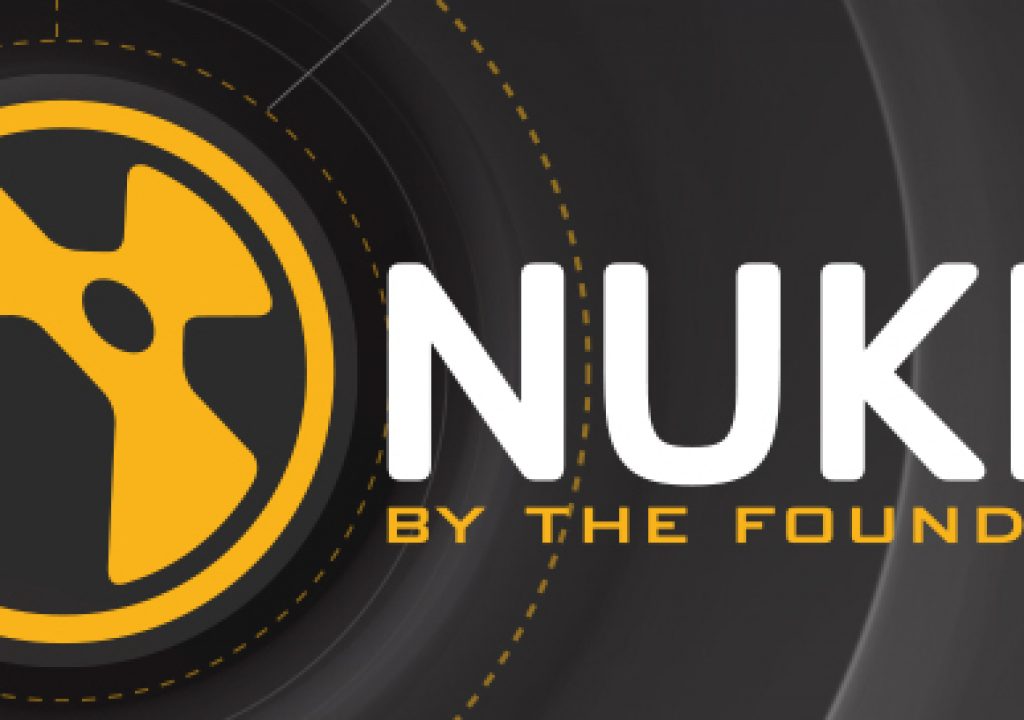
Recently The Foundry announced NUKE 7.0. The latest release is the most ground breaking to date, incorporating many new features that have been requested by users and VFX houses alike, along with some improvements to existing features combined into a better, faster version of NUKE.
I spent a couple of weeks road testing the new release to see if it was as good as the rumors said it was.
For anyone new to this product, NUKE is high-end node-based compositing software. Its power comes from the ability to build complex node trees in a true 3D working environment.
NUKE comes in two versions, NUKE and NUKEX. The later being the more powerful and also the more expensive of the two. NUKEX is also bolstered with additional tools, which include Camera Tracker and Particles.
The first thing I notice when I jump inside the software is that the interface looks the same as before. Many of the changes that have been incorporated into NUKE 7 come in the form of speed and performance.
With version 7, NUKE and NUKEX now incorporate RAM cache, which provides the availability of real time playback. This is a huge step forward not only because it allows huge time savings but also improves usability.
GPU accelerated nodes
NUKEX not only incorporates the RAM cache but also incorporates GPU accelerated nodes for MotionBlur, Kronos, Denoise, VectorGenerator, Convolve and ZDefocus.
Basically what this means is faster processing for the user when using these nodes. These nodes are designed to be use with NVIDIA CUDA graphics cards, so the better the NVIDIA graphics card you have, the better the performance will be.
I am sure, like me, when it comes to adding Motion Blur or working with z depth and time remapping tools in a composition, other users dread the heaviness that it puts onto your workflow. In NUKEX the speed at which these nodes now work is significantly faster. If you do not have an NVIDIA CUDA graphics card, NUKEX will simply get its power from your computers CPU without any settings having to be adjusted.
NUKE and NUKEX now incorporate Primatte 5, the latest version of this powerful keying tool. Improvements have been made to the auto-compute function within the Primatte node to help the user handle complex keys quicker and easier. Does it work? Yes is the answer. Usually when I see the word “auto” in any software I have my doubts before I have even hit the button, however the auto-compute button in Primatte 5 is significantly better than in the previous release and helps the user to immediately get in the correct ballpark to help them complete the key.
Combine this with the new smart background colour select and the adjust lighting features which allow you to independently adjust the lighting on both the backplate and the foreground, along with the Hybrid render function, and we have an extremely powerful keying tool that can handle the trickiest of keys, even if they have been lit badly in the initial shoot.
The roto tool has also been given an overhaul and works significantly faster thanks to NUKE’s new Real Time playback, which gives better user interactivity. What does this mean for the user? The ability to work faster and more efficiently on larger images and heavier compositions without having to worry about using sticky splines and adding an overall heaviness to the system.
Other improvements in the Roto tool include dedicated Stereoscopic Roto tools which allow you to Roto different parallax planes within the same roto and using the stereo offset to apply them to the left and right eye. Not only a great time saver when working with Stereoscopic but more importantly it allows more accurate and consistent results for what is happening on both the left and right eye.
The 2D tracker also is now more accurate, efficient and faster than before and works extremely well.
Other new features include an upgraded re-lighting tool, which allows the end user to relight renders within NUKE itself and prevent the need for going back and forth between different software to adjust the lighting. Yet another time saver.
Improvements have also been made within the 3D environment with addition of 3D Scale Manipulator and 3D Alpha Shadows. The ZBlur Tool has received a significant upgrade with its new and improved algorithm.
NUKEX alone benefits not only from a set of specific GPU accelerated Nodes but also an improvement to the inbuilt Particle system and improved DepthGenerator and PointCloud Generator.
Another great addition to NUKEX is the Model Builder. This allows the artist to quickly create 3D props and sets directly inside NUKE. It offers a whole new set of tools allowing the artist to build and project onto models directly in the NUKEX interface.
NUKE and NUKEX both now support Industrial Light and Magic’s OpenEXR 2 for Deep compositing as well as the ability to read and write geometry and camera data to Sony Pictures Imageworks Alembic file format.
FBX 2012 is now supported and back compatible with previous versions as well as support for ARRIRAW and RED’s R3D SDK files.
In the past one of my dislikes about NUKE has been the lack of timeline. Now NUKE works in conjunction with HIERO which is basically NUKE’s shot management system and gives the VFX artist the ability to view their work in a useable timeline.
HIERO can conform EDLs, XMLs and will also color manage all your footage throughout the entire VFX pipeline, which is essential to achieving continuity throughout your project. As artists work on shots they automatically appear in the timeline, ready to be viewed.
Footage can then be exported as a file sequence or as an EDL or XML for conforming in other tools such as color grading software.
So who needs NUKE? I would say that any visual effects house that holds any gravitas in today’s high-end market. Whether it’s in the film industry, the commercials industry, broadcast or even those making high-end corporate/architectural videos, they would all benefit from NUKE.
One thing that NUKE has over many of its competitors is the ability to fully customize the software using Python scripting. I believe this is why many of the large companies such as WETA and ILM opt for NUKE as their main compositor. It gives them an open-ended realm of possibilities, being able to customize the software for their specific needs.
NUKE 7 and NUKE 7 X are exactly what I would expect from The Foundry. Not only do they come with an excellent toolset but I also believe that The Foundry are continuing to be one of the most forward thinking companies in the VFX industry at the moment. Not only are they developing great new tools but they are also listening to their user's needs and requests and implementing them into the software. The fact that nearly every VFX movie coming out at the moment has used NUKE within their pipeline speaks for itself.

